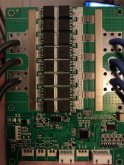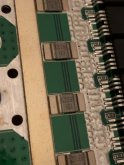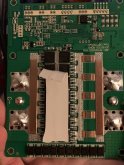FilterGuy
Solar Engineering Consultant - EG4 and Consumers
Is that a guess or do you have some info on it?Connector 2: RS-485
RS 485 uses A & B for signal names so that is a better guess than mine. (I don't know why I didn't think of that, I have used RS-485 many times)










